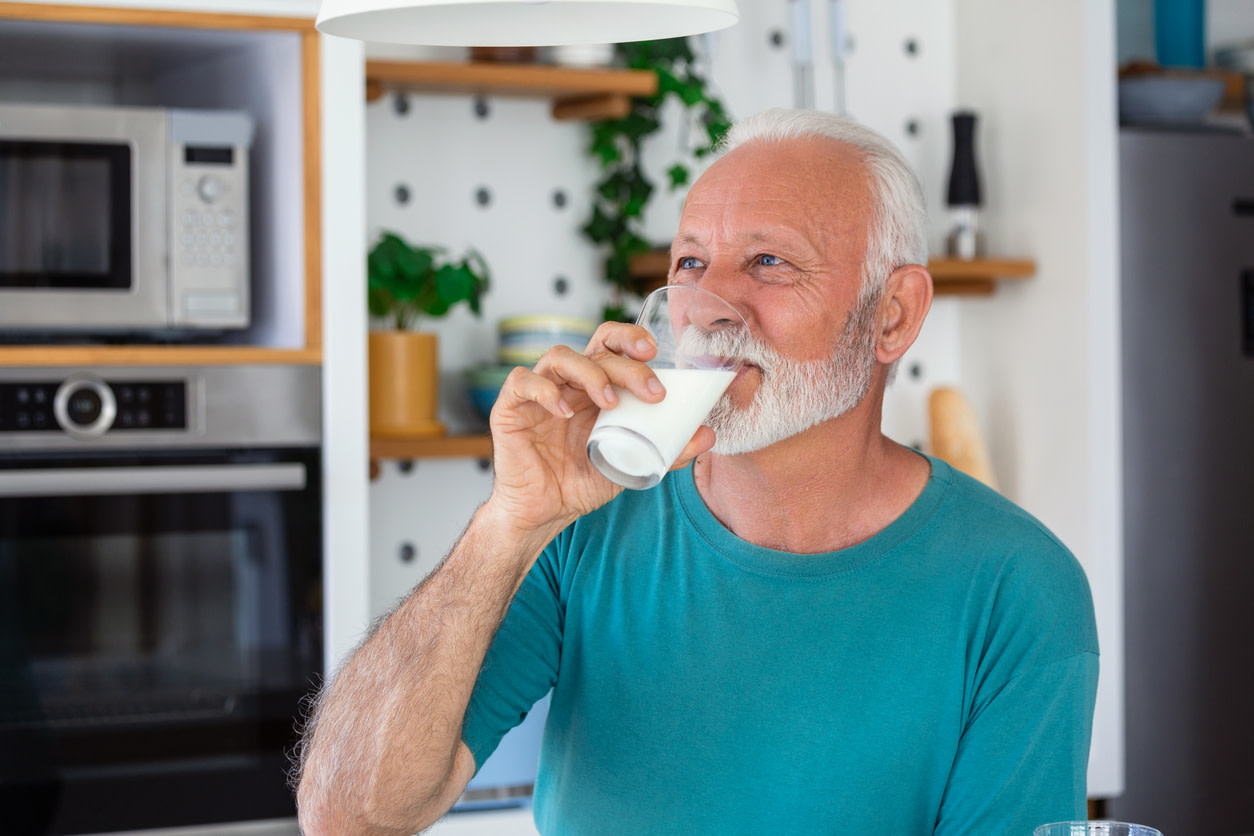Understanding Osteoporosis in Men: How to Keep Your Bones Healthy
Learn about osteoporosis in men, its causes, risk factors, and prevention tips, including PT-recommended exercises.
$0 costo para usted
Fecha de Publicación: Jun 5, 2024
El índice
Exercises for Osteoporosis in Men
¿Quieres atención de expertos? Consulta si estás cubierto por nuestro programa gratuito →- Squats
- Lunges
- Push Ups
- Shoulder Rows
